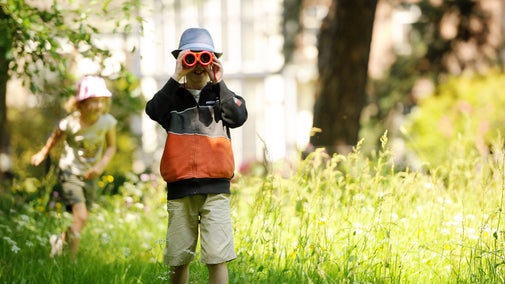1729-1751
The first owners
Rainham Hall was built in 1729 for sea merchant, Captain John Harle (1688-1742). John Harle was from a northern coal and shipping family who, after many years on the seas trading with various countries, settled in London. In 1719, John Harle married Mary Tibbington, a widow. Sometime in 1739, Mary died childless. John remarried quite soon afterwards, to Sarah Gregory, a widow who lived in Rainham. In 1740 Sarah gave birth to their only child, also named John.
We don’t know who designed and built Rainham Hall, nor how much it cost. Only a lead rainwater hopper tells us it was built in 1729.
The passing of John Harle
Although John stated he was ‘of sound health’ when writing his will in February 1742, he died just 10 months later. He is buried in nearby Rainham Church.
Left with a small son to care for, Sarah advertised Rainham Hall and wharf to let in 1743. It seems she may have rented out the wharf but continued to live in the hall. Her goddaughter, Sarah Green, and widowed sister, Jane Vincent, joined her there.
Tragedy struck again in 1749 when Sarah Harle died, leaving the orphaned nine-year-old John junior in her sister Jane’s care. Jane died in 1751 and it seems likely that John then went to live with his uncle, Joshua Harle, a London grocer. Shortly after Jane’s death, the contents of Rainham Hall were auctioned (the hall itself was rented out). All the things that John Harle senior had collected during his life were dispersed. The house he built, and fragments of written evidence, are now the only window we have on his world.
Discovering John Harle’s will
Some time ago, when at a car boot sale, a Rainham resident made an extraordinary connection with a dealer who sourced an original copy of John Harle’s will. She generously donated it to Rainham Hall in 2014. It has been conserved and exhibited as part of displays to the public. An electronic copy of the will is available via the National Archives website.







